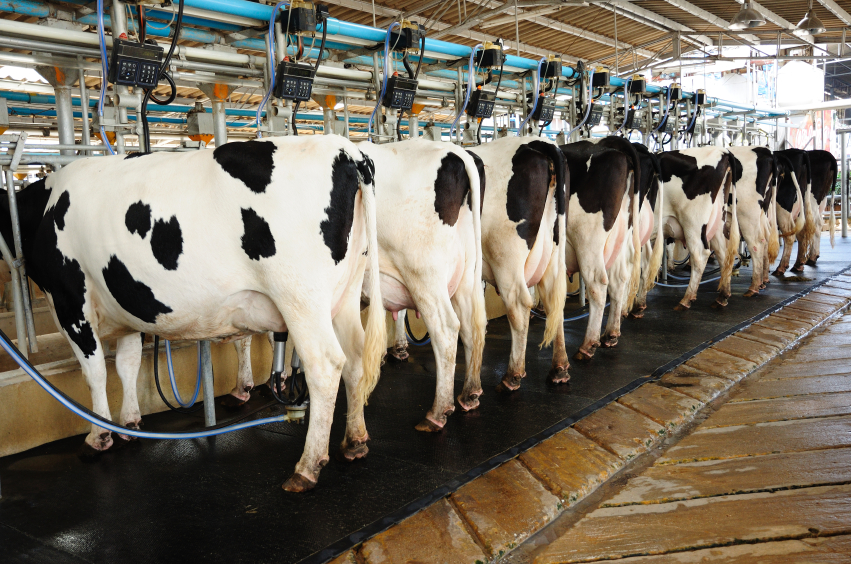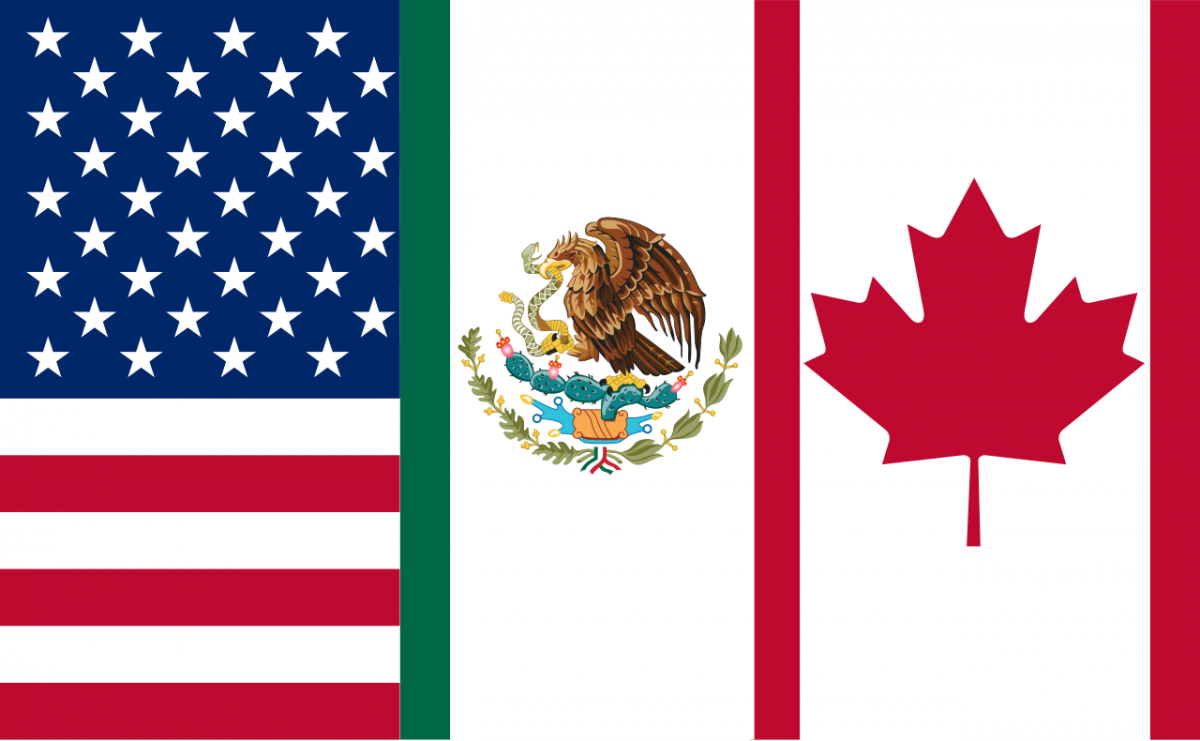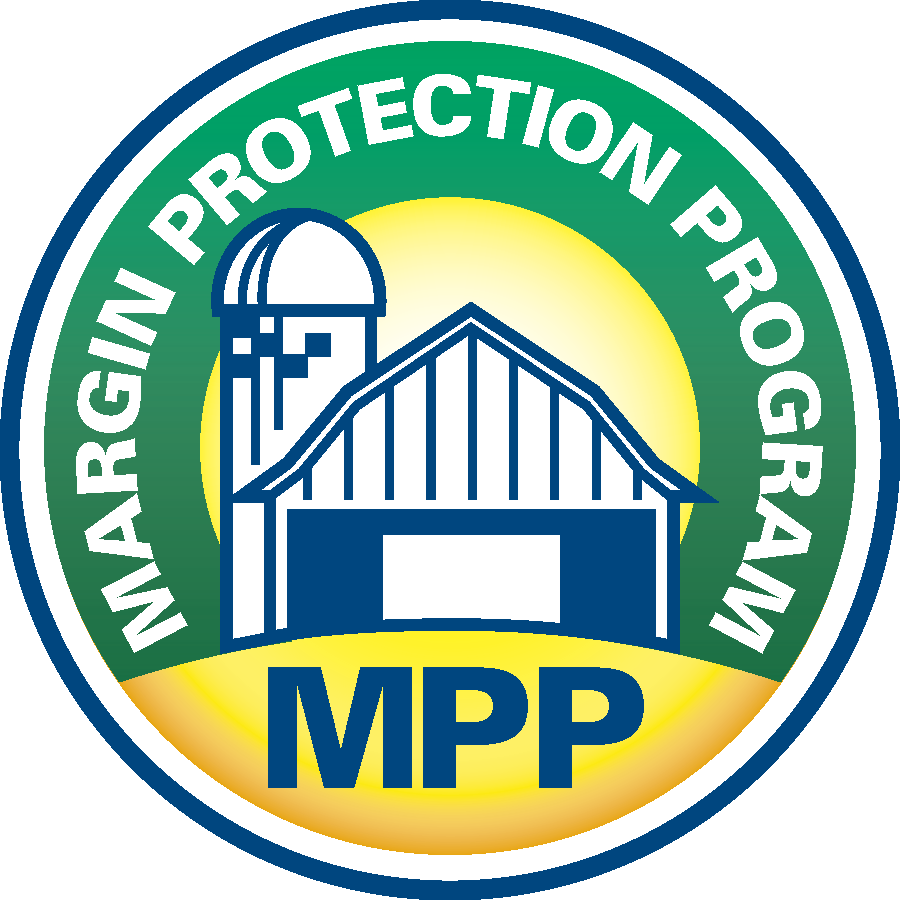Washington, D.C. – Putting low-fat flavored milk back into schools will bolster the nutrition intake of America’s children, according to comments submitted today to the U.S. Department of Agriculture (USDA) by the nation’s leading dairy organizations.
In joint comments, both the National Milk Producers Federation (NMPF) and the International Dairy Foods Association (IDFA) praised a proposed USDA rule for the positive effect it will have on the widely recognized problem of declining school milk consumption. In 2012, USDA eliminated low-fat flavored milk as an option in the school meal and a la carte programs, which resulted in students consuming 288 million fewer half-pints of milk from 2012-2015.
“Removing low-fat flavored milk causes schools to fail the test of how best to provide optimal nutrition for students,” said Dr. Beth Briczinski, Vice President of Dairy Foods and Nutrition for NMPF. “Fortunately, USDA recognizes the need to be more flexible in providing schools a range of milk options to enhance the dietary intake of the nine essential nutrients milk offers.”
Milk is the No. 1 source of three out of four nutrients of public health concern because they are under consumed: potassium, vitamin D and calcium. The dairy groups called the troubling trend “a threat to public health and to the nutritional intakes of all Americans, notably children and adolescents.”
“We appreciate USDA’s commitment to reverse declining school milk consumption by providing students with access to a variety of milk options, including the flavored milks they enjoy,” said Cary Frye, Senior Vice President of Regulatory Affairs for IDFA.
In Summer 2017, Agriculture Secretary Sonny Perdue announced USDA would reinstate low-fat flavored milk as an option allowed by the department. According to the interim rule published on the Federal Register site in November, school districts can solicit bids for low-fat flavored milk in the spring before the 2018-19 school year, giving milk processors time to formulate and produce a low-fat flavored milk that meets the specifications of a school district. It now allows schools to offer low-fat flavored milk during the next school year without requiring schools to demonstrate either a reduction in student milk consumption or an increase in school milk waste.
This interim rule, the comments noted, is consistent with the 2015-2020 Dietary Guidelines for Americans (DGA), which does not suggest that flavored milk should be fat-free or that there is any reason to avoid low-fat flavored milk. In fact, the DGA “acknowledges the potentially positive role of moderate amounts of sweeteners in making foods like milk and yogurt more palatable.” Low-fat flavored milk offers the same nutritional benefits as white milk, but with a taste more children prefer. And with recent formulation changes, flavored milk is now available with significantly lower levels of calories and added sugar.
The two groups told USDA that its interim rule also aligns with the recent re-examination of fat – and dairy fat specifically – in the American diet. As more scientific studies find that advice to reduce fat intake was misguided, they also appear to show that full-fat dairy foods play either a neutral or beneficial role regarding the risk of several chronic diseases.
While the two dairy groups acknowledged that the interim rule does not compel schools to offer more milk options, both hope the option to do so will attract more students to school meal programs and increase the average daily consumption of the drink.
###
The National Milk Producers Federation (NMPF), based in Arlington, VA, develops and carries out policies that advance the well-being of dairy producers and the cooperatives they own. The members of NMPF’s cooperatives produce the majority of the U.S. milk supply, making NMPF the voice of dairy producers on Capitol Hill and with government agencies. For more on NMPF’s activities, visit our website at www.nmpf.org.
The International Dairy Foods Association (IDFA), Washington, D.C., represents the nation’s dairy manufacturing and marketing industry, which employs nearly 1 million skilled individuals, generates more than $39 billion in direct wages and has an overall economic impact of more than $200 billion. IDFA is the umbrella organization for the Milk Industry Foundation (MIF), the National Cheese Institute (NCI) and the International Ice Cream Association (IICA). Our members range from large multinational organizations to single-plant companies. Together they represent more than 85 percent of the milk, cultured products, cheese, ice cream and frozen desserts produced and marketed in the United States and sold throughout the world. Our diverse membership includes numerous food retailers, suppliers and companies that offer infant formula and a wide variety of milk ingredients.
 As members of Congress negotiate with the White House over the future of the Deferred Action for Childhood Arrivals (DACA) program – set to expire next month – NMPF is urging lawmakers to also focus on the workforce needs of dairy farmers and agricultural employers seeking changes in immigration policy.
As members of Congress negotiate with the White House over the future of the Deferred Action for Childhood Arrivals (DACA) program – set to expire next month – NMPF is urging lawmakers to also focus on the workforce needs of dairy farmers and agricultural employers seeking changes in immigration policy.
 As the North American Free Trade Agreement (NAFTA) renegotiation process continues into 2018, NMPF is insisting to U.S. negotiators that the talks need to achieve a positive outcome for America’s dairy farmers, including preserving access to Mexico’s growing market and ending Canada’s harmful Class 7 pricing program.
As the North American Free Trade Agreement (NAFTA) renegotiation process continues into 2018, NMPF is insisting to U.S. negotiators that the talks need to achieve a positive outcome for America’s dairy farmers, including preserving access to Mexico’s growing market and ending Canada’s harmful Class 7 pricing program. Following months of advocacy by NMPF on Capitol Hill to improve the federal dairy program, Congress passed a two-year budget deal on Feb. 9 that will enact badly-needed improvements to the dairy safety net for milk producers. Effective immediately for the 2018 calendar year, the legislative package reforms the dairy Margin Protection Program (MPP) and provides access to additional risk management tools from the Agriculture Department (USDA). These key elements will create $1.2 billion in baseline spending for the next Farm Bill, paving the way for additional improvements to the MPP.
Following months of advocacy by NMPF on Capitol Hill to improve the federal dairy program, Congress passed a two-year budget deal on Feb. 9 that will enact badly-needed improvements to the dairy safety net for milk producers. Effective immediately for the 2018 calendar year, the legislative package reforms the dairy Margin Protection Program (MPP) and provides access to additional risk management tools from the Agriculture Department (USDA). These key elements will create $1.2 billion in baseline spending for the next Farm Bill, paving the way for additional improvements to the MPP. In addition to these reforms, the budget legislation lifts the $20 million annual cap on all livestock insurance, including the Livestock Gross Margin (LGM) program. This will allow USDA to develop a wider variety of additional risk management tools for dairy producers that can complement the MPP.
In addition to these reforms, the budget legislation lifts the $20 million annual cap on all livestock insurance, including the Livestock Gross Margin (LGM) program. This will allow USDA to develop a wider variety of additional risk management tools for dairy producers that can complement the MPP. PHOENIX, AZ – National Dairy FARM Program participants Chris and Mary Kraft of Fort Morgan, Colorado, have won the 2018 National Cattlemen’s Beef Association Beef Quality Assurance (BQA) Award in the dairy category. The BQA Awards – announced today in Phoenix – recognize the nation’s leading beef and dairy producers who demonstrate a commitment to the highest quality animal care.
PHOENIX, AZ – National Dairy FARM Program participants Chris and Mary Kraft of Fort Morgan, Colorado, have won the 2018 National Cattlemen’s Beef Association Beef Quality Assurance (BQA) Award in the dairy category. The BQA Awards – announced today in Phoenix – recognize the nation’s leading beef and dairy producers who demonstrate a commitment to the highest quality animal care.




